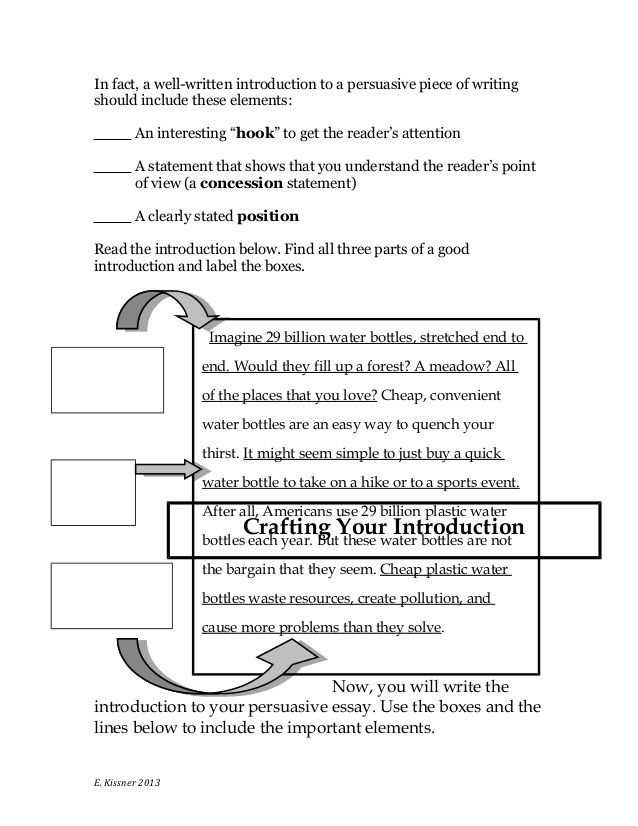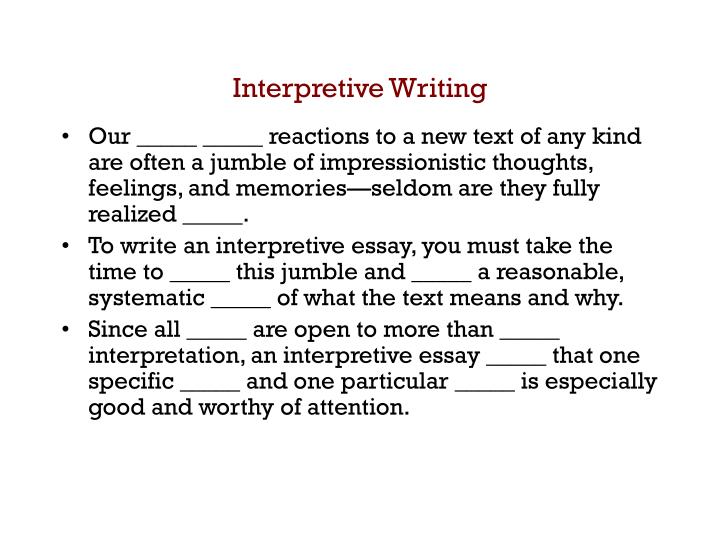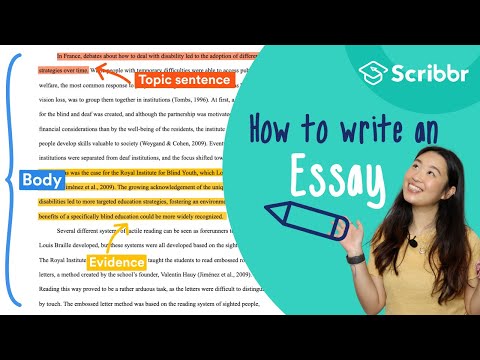An excellent introduction to an argumentative essay is like an opening statement in a trial. It presents the issue, provides background information, and puts forth the main argument in a logical, intellectual, and persuasive manner. Here are some tips for a compelling introduction. Listed below are some strategies for a compelling introduction to an argumentative essay. Just remember to follow the instructions! Here are some sample introductions:
Setting context
An argumentative essay’s introduction sets the stage for the argument by setting the context of the topic. Setting context means describing the problem, identifying the opposing perspective, and laying out the overall argument. The goal of the introduction is to persuade readers to take your position, not just provide background information. Here are some guidelines for an argumentative essay intro:
Introducing conflicting ideas
When writing an argumentative essay, you need to show your audience that you have researched the topic thoroughly. If you don’t introduce conflicting ideas into your essay, your readers might assume that you only consider one side of an issue. By presenting the opposing point of view, you show your audience that you have researched both sides and analyzed them. This will strengthen your argument. To introduce conflicting ideas into your essay, follow these tips.
Refuting counterarguments
How to refute counterarguments in an argumentative essay introduction is an important aspect of this assignment. Counterarguments should be specific and provide evidence to support the opposite argument. If the argument is based on fallacies or assumptions, the counterargument should explain why they are false or incorrect. In a nutshell, the counterargument should make the opposing viewpoint more credible and should not be taken as gospel.
Considering opposing points of view
It is vital to consider opposing points of view when writing an argumentative essay, because it will help you strengthen your own position. Remember that the burden of proof lies on the author of the argument, and a failure to address a common objection can lead to rejection. To counteract an opposing view, present evidence or quotes from experts. Arguments that consider all perspectives are more powerful, and readers will be grateful for your efforts to find a reasonable viewpoint.
Using personal anecdotes
Using personal anecdotes in an argumentative essay is a great way to capture the attention of your reader. However, you should make sure that the anecdote is well-researched and provides the reader with an interesting insight into your topic. For example, if you’re writing an argumentative essay on a specific social issue, you can use an anecdote to describe a time when the problem you’re addressing was first occurring. Using cautionary anecdotes in an argumentative essay can also help you establish the issue that you’re addressing, which is a good idea if used sparingly.




